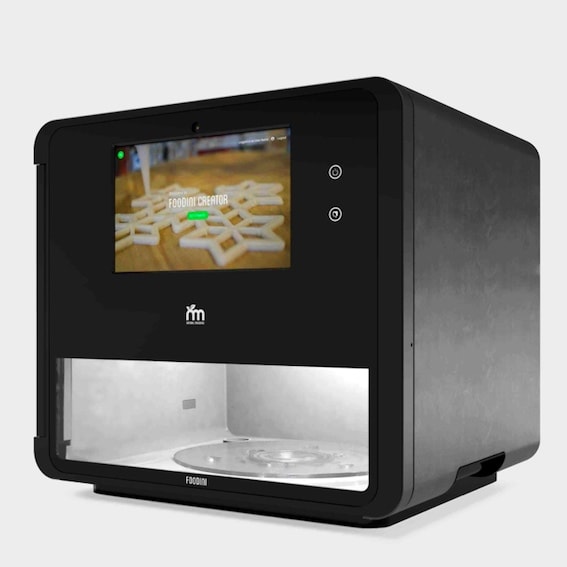The Delicious Future of 3D Food Printing
It´s hard not to believe that 3D printing services are the future, and in reality we really do need to invest in it now more than ever. As our population continually grows, the current model we have for food production is quite simply unsustainable for billions upon billions of people. There´s a real opportunity for a new wave of entrepreneurs, scientists and farmers to take our race in a more technologically advanced direction towards healthier lifestyles and more environmentally conscious ways of consuming our fuel, our beloved food.
It´s fairly easy to imagine printing objects from raw materials like metals and plastics to form products for various uses. However, they can apply to food as well and usher in an era in which machines print out, prepare and serve cooked meals for consumers. And this may expand to an almost unimaginable scale. It could be used to help put an end to world-hunger, and all kinds of malnutrition epidemics in areas of the world where a balanced diet is a huge challenge. One major problem is that affordable ingredients such as fresh produce are scarce in certain parts of the world. This has lead to all kinds of nutritional deficiencies. But imagine if you could program a food printer to produce a well balanced meal with just the right proportions. Obesity could be very effectively curved as diets could be more rigidly adhered to without compromising too much taste, or none at all.
Types of 3D Food Printing
It helps to think of how 3D food printing works by comparing it to building a house. Most food printers are what are called deposition printers, which is to say that they deposit layers of a particular raw material in a preprogramed place. This process called additive manufacturing allows a chef, for example, to program how much of a material to deposit into a particular shape, for instance a pie crust. There is also a newer category of food 3D printing services called binding printing. In this process materials are adhered, like glue, together in order to create a whole. This may prove to be particularly exciting for the food service industry as less workers would be needed to put together the certain parts of a particular dish. This may in turn lead to smaller kitchens, and consequently smaller restaurants springing up in places where they just would´t have been able to exist before.
Currently, the forefront of this food 3D printing services technology is being applied to the world of dessert construction. The latest, and most sophisticated, machines use robotic arms, lasers, powdery technology and combining nozzles to make all kinds of delicious treats like brownies, all by themselves. Products range from latticed pastries that rival those of an experienced baker to patterned chocolate to sugary sculptures that can represent almost anything the mind can conjure.

It is then easy to believe that printing foods like pizza, quiche and stuffed pasta isn´t impossible. The Foodini is a state-of-the-art printer that can make all these by using fresh ingredients which are loaded straight into its stainless steel capsules. The popular pasta maker Barilla has a machine that prints noodles with semolina flour on a mass scale. The list is sure to go on an on.
The whole industry is undoubtedly sure to change, we should just prepare ourselves. Line cooks could find their work to be much more efficient and easier, opening up all sorts of possibilities. But in the end, it really feels like the limit is actually our imagination. The idea of being able to send a recipe across the world and having it prepared to perfection may become all too common. People who have never tasted something may be able to do so with relative ease. A group of friends can go to a single establishment and choose from a menu so extensive, with such disparate ingredients, that everyone is always satisfied whenever they go out.
It may sound like a dream, however, many chefs are just calling food 3d printing services what it is, the future in culinary arts.
